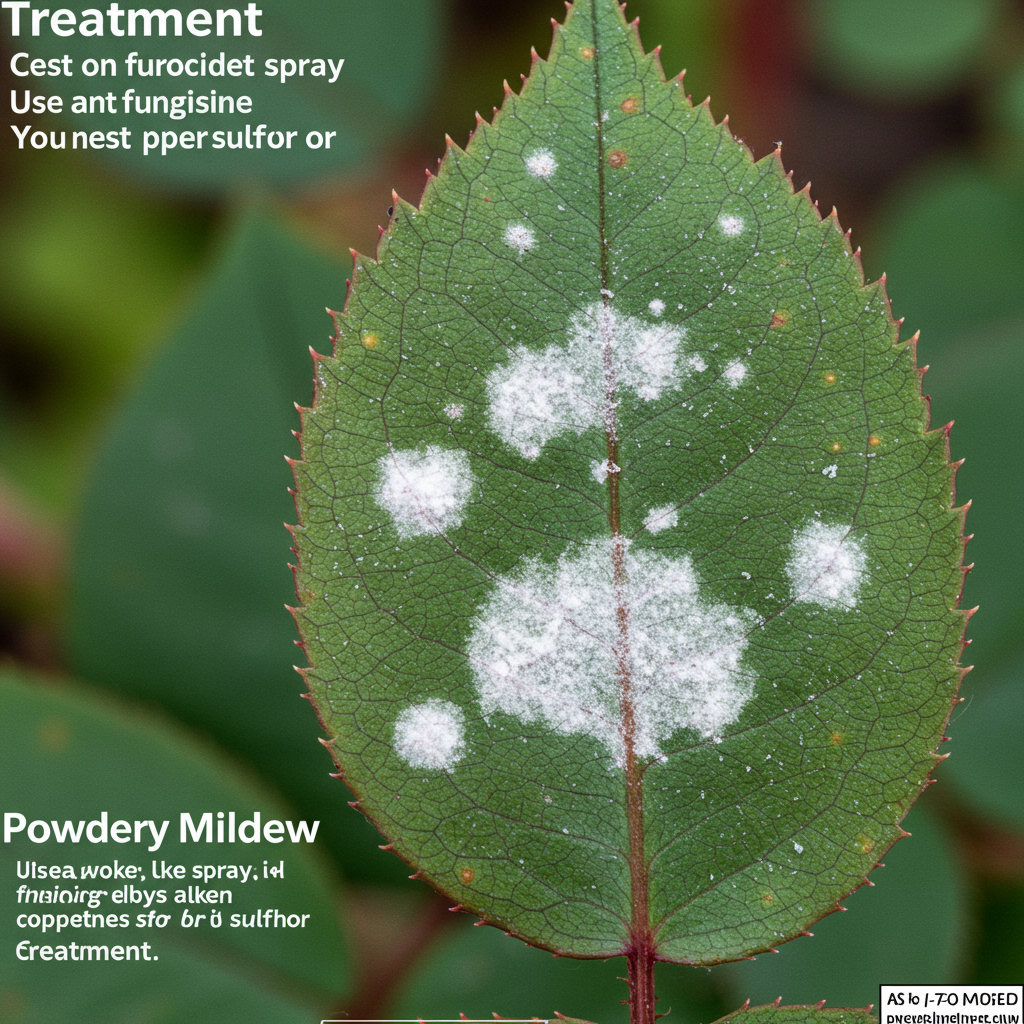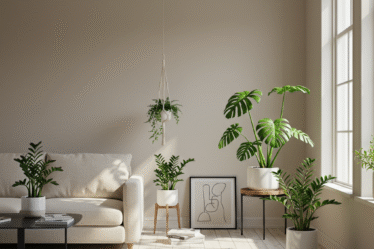
Healthy, vibrant houseplants bring life and tranquility to our homes. But what happens when those leafy companions start to show signs of distress? From drooping leaves to unusual spots, recognizing the symptoms of common houseplant diseases is the first step towards reviving your green friends. This article delves into the world of plant pathology, providing you with the knowledge to diagnose and treat common ailments, ensuring your indoor jungle thrives.
One of the most prevalent issues is root rot, often caused by overwatering and poorly draining soil. The telltale signs include wilting, yellowing leaves, and a generally unhealthy appearance, even when the soil feels moist. Addressing this requires repotting the plant in fresh, well-draining soil, ensuring the pot has adequate drainage holes. Trim away any affected roots with a sterilized tool and allow the soil to dry out slightly between waterings.
Fungal infections, like powdery mildew and leaf spot, are also common culprits. Powdery mildew manifests as a white, powdery coating on leaves, stems, and even flowers. Increased humidity and poor air circulation contribute to its spread. Treat this by isolating the infected plant and applying a fungicide specifically designed for powdery mildew. Leaf spot, characterized by brown or black spots on the foliage, can be addressed with a similar approach, ensuring good air circulation and removing affected leaves to prevent further spread.
Pests, while not technically diseases, can weaken plants and make them susceptible to infections. Spider mites, mealybugs, and aphids are common houseplant invaders. Regularly inspect your plants for signs of these pests, like tiny webs, cottony masses, or clusters of small insects. Treat infestations promptly with insecticidal soap or neem oil, following the product instructions carefully. A proactive approach, including wiping down leaves regularly and introducing beneficial insects like ladybugs, can help prevent infestations in the first place.
Beyond specific diseases and pests, environmental factors can also contribute to plant decline. Insufficient light, extreme temperatures, and improper humidity levels can all stress plants and make them vulnerable. Understanding the specific needs of your plants, including their light requirements, preferred temperature range, and humidity preferences, is crucial for their long-term health. A little research and observation can go a long way in preventing problems before they arise. Remember, a healthy plant is a happy plant, and with the right knowledge and care, you can create a thriving indoor oasis.



